
Resources on COVID-19 in multifamily and public housing developments
COVID-19 mitigation strategies for multifamily and public housing developments through webinars and handouts, including cleaning and disinfecting guidance.

Longtime 4-H volunteer shows no sign of slowing down
Elaine George is no stranger to 4-H. For more than 30 years she’s been club leader to the Hallsville Go-Getters, and there’s no sign of her slowing down. Her club is among the largest in the state. “It’s just a part of my life,” Elaine said.
Wet, cool wet weather playing havoc with crops
COLUMBIA, Mo. – Some Missouri corn producers are seeing damage from cold, wet soil conditions and hail. Corn growers participating in the University of Missouri Extension Plant Sciences weekly online town hall meeting on May 8 reported seeing seedling leaves of corn twist and unfurl underground.
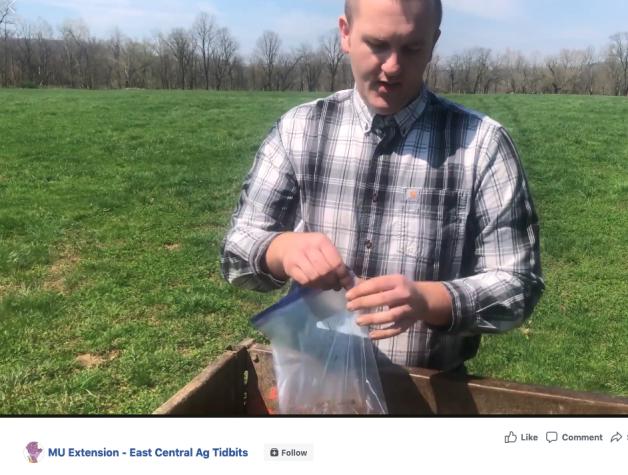
East Central Ag Tidbits offers quick and timely tips
STEELVILLE, Mo. – Ag Tidbits, produced by University of Missouri Extension faculty in east-central Missouri, provides relevant and timely online tips for farmers and ranchers statewide at facebook.com/MUecAgTIDBITS.
Remove cool-season grass seed heads before they emerge
WEST PLAINS, Mo. – “Missouri livestock producers have some options to manage tall fescue seed head development and the toxic endophyte issues we have in Missouri,” says Tim Schnakenberg, University of Missouri Extension field specialist in agronomy. Seed heads emerge in tall fescue grass pastures by mid-May across most of Missouri.
MU Extension offers Wednesday town hall meetings online for farmers, gardeners
COLUMBIA, Mo. – University of Missouri Extension is offering online town hall meetings led by agronomy, livestock and horticulture specialists.“MU Extension has long served as a trusted and necessary resource to help Missourians get food on the table and gardens in the backyard,” says Lee Miller, coordinator of MU’s Integrated Pest Management program. “We’ll strive to continue this even through COVID-19.”
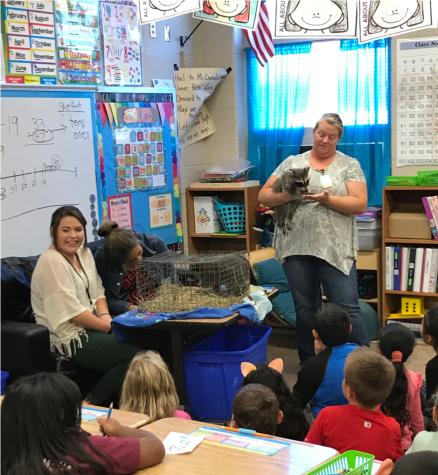
Noel Primary in-school 4-H wraps up successful first year
NOEL, Mo. - Noel Primary School’s Tiger Paws in-school 4-H club had a very successful first year with teacher Dene’e Jones as club leader.

Wayne County's weekly adventures
GREENVILLE, Mo. – “So, if the thrill of counting Easter eggs has faded and sightings of neighborhood bears in windows have become less frequent, would you be up for a new adventure?” asks Kelley Brent, county engagement specialist in nutrition and health for University of Missouri Extension in Wayne County.
May proclaimed Older Americans Month in Columbia
COLUMBIA, Mo. – The city of Columbia has designated the month of May as Older Americans Month — a fitting recognition of the insights and contributions older adults bring to society during a pandemic that has disproportionately affected this vulnerable population globally, said Jack Wax, advisory council chair for the Osher Lifelong Learning Institute at Mizzou.
Bah humbug to so-called murder hornets
COLUMBIA, Mo. – Missourians need not worry about insects dubbed “murder hornets” in social media, says University of Missouri Extension entomologist Kevin Rice.He hopes to put a halt to hysteria about the Asian giant hornet.“The name circulating on social media is misleading,” Rice says. “Scientists do not use the term murderous to describe this interesting insect. These headlines sound like something from a Stephen King story and…
The benefits of outdoor play for children
The weather is getting warmer and families are spending more time outdoors. This gives families more opportunities to use outdoor play as teachable moments. Playing is part of learning and advancing a child’s development. When children play outside they are able to learn by exploring the world around them. Below is a list of a few benefits associated with outdoor play. Children learn science
COVID-19 safety tips for volunteers delivering food
KANSAS CITY, Mo. – A University of Missouri Extension food safety specialist offers safety suggestions for volunteers delivering food to those in need during the COVID-19 era. “Many people at high risk of being severely affected by COVID-19 due to age or underlying health conditions depend on the generosity of friends, family members and volunteers for food and other necessities,” says Londa Nwadike, who holds a joint extension…
MU research: Corn emerging in 1-week window has little impact on yield
COLUMBIA, Mo. – Research by University of Missouri Extension agronomists shows that there is little yield difference in unevenly emerged corn. MU Extension agronomist Bill Wiebold researched corn emergence’s effect on yield in 2010 and 2011. Wiebold tagged individual plants from emergence through harvest. He compared the weight and height of early-emerging, mid-emerging and late-emerging plants.
Wheat and N: What to do?
Learn the best strategies for managing nitrogen in wheat fields to improve yield, especially in years with late planting and lower tiller counts.
Farmers can connect to MU Extension specialists weekly in public town hall meeting format
The need to abide by spring's timetable and produce food for the table doesn't wait for crisis to pass. Continued field crop, forage, and animal production are essential not only for the nutrients they provide, but also for the economic, mental and spiritual health they return to us and our communities.
Grain storage: A systematic approach
Stored dry grain represents a substantial investment of time and money. Protect that investment by properly drying and storing grain. The basics of grain drying, storage, management and care are outlined below.
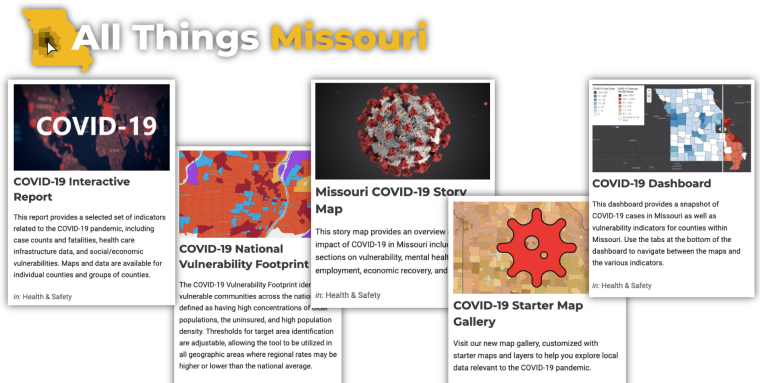
MU CARES launches COVID-19 Testing Dashboard
Check out the COVID-19 Testing Dashboard, offering real-time data on testing rates, positive cases, and daily trends for better decision-making
Why small business owners need to understand copyrights
People see the little copyright sign daily, but do they ever stop to think what it really means? We see it in books, music or any published work as we go through our day. We might hear about copyright occasionally in news dealing with who really owns a certain piece of work, art or even a product.

Final push in 4-H Feeding Missouri food drive
COLUMBIA, Mo. – Missouri 4-H’ers across the state need generous donors to give a hand in this final week of the 4-H Feeding Missouri food drive.“We know that every $1 donated buys 10 meals for a family. If everyone gave just $5, that would be the helping hand we need to meet our goal of donating 250,000 meals to serve hungry Missourians,” said Lupita Fabregas, director of University of Missouri Extension’s 4-H Center for Youth…
Your business income statement has a few surprises
Many small business owners take their financial statements and put them on the back burner. This lack of attention can result in the business owner being caught in a cash flow crunch or, worse, waking up one day to ask, “Where has my money gone?”
Free webinar series on financial health in the COVID-19 era starts May 1
COLUMBIA, Mo. – Registration is now open for a free three-part series, “Your Financial Health in the COVID-19 Era.” The webinars, starting Friday, May 1, are available online to all Missourians through a collaboration between the University of Missouri’s Department of Personal Financial Planning and the Osher Lifelong Learning Institute at MU.
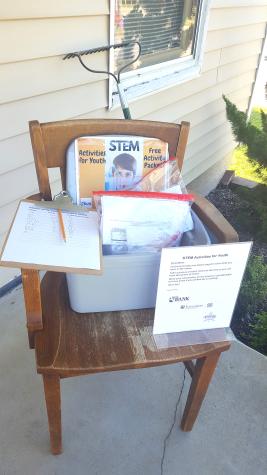
Kits offer learning activities for youths without internet access
POPLAR BLUFF, Mo. – What do you do when school moves online but your kids don’t have internet access?In Butler, Carter and Wayne counties in southeastern Missouri, University of Missouri Extension has an answer thanks to generous community support.
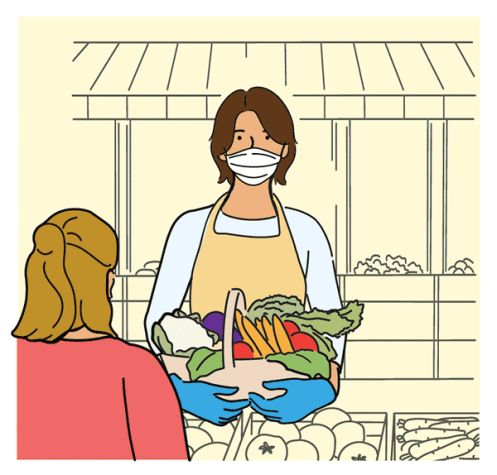
Shop safe at farmers markets
KANSAS CITY, Mo. – Shopping at farmers markets is a great way to get healthy fruits, vegetables and other foods while supporting local farmers, says Londa Nwadike, University of Missouri Extension food safety specialist. Nwadike, who has a joint extension appointment with MU and Kansas State University, offers some guidelines for safe shopping at farmers markets even in the midst of COVID-19:
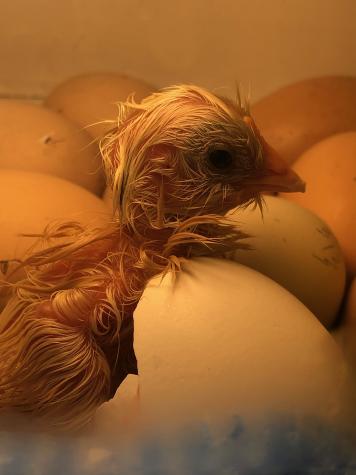
Hatching a plan
COLUMBIA, Mo. – Laura Browning never expected to find herself an adoptive parent to three incubators’ worth of chicks — or tending to 19 newly hatched birds in brooders in her garage. But chicks hatch according to their own calendar, oblivious to social distancing and school closures.
How to protect your valuable business ideas
Every business has ideas it has developed to do things more efficiently. It may be that a business owner has come up with a way to produce a product in a manner competitors cannot copy. Better yet, the owner may have devised a variation on an existing product that makes it more durable in the marketplace. The creation of a business customer list is another example of a valuable development.
